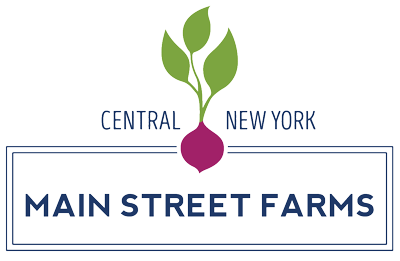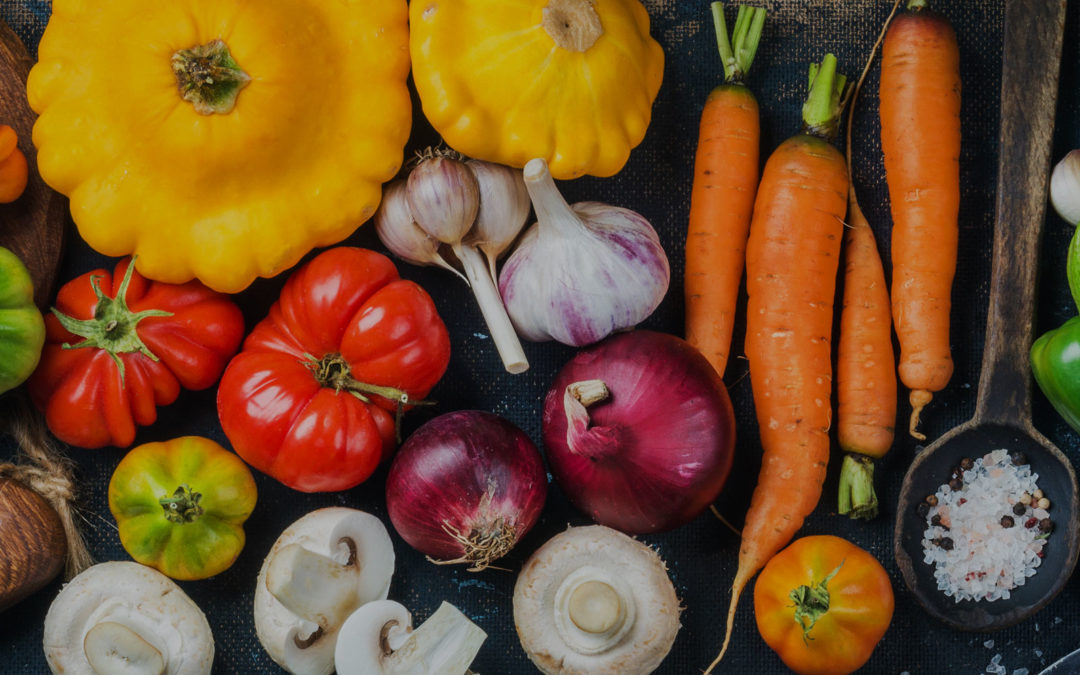
… a good question in deed for those veggie lovers pondering how to plan and prepare their meals. Including fresh (and hopefully local) vegetables and herbs at every meal in some form is often recommended to maintain and improve your health. Vegetables and herbs are full of nutrients that are important to our health like antioxidants, water soluble vitamins like B’s, folate and vitamin C, fat soluble vitamins like different forms of vitamin E and K, and fiber. But whether you get more benefit from eating your vegetables raw or cooked actually depends on the vegetable.
Cooking alters the chemical composition of many nutrients; not necessarily a bad thing. For instance, cooking can break down fibers- both soluble and insoluble fibers. While some fiber can be good for our digestive tracts, it can also limit absorption of some of the nutrients in that food, like minerals. Cooking can also reduce some of a vegetable’s anti-nutrients like goitrogens and oxalates. Goitrogens are naturally occurring chemicals found in foods that interfere with absorption and utilization of iodine; therefore sometimes an issue for those with thyroid dysfunction or disease. Oxalates are also naturally occurring compounds in foods that interfere with the absorption and utilization of calcium. If you have ever had a oxalate kidney stone, you have probably been told to stay away from certain vegetables. Again, by cooking vegetables that contain these anti-nutrient chemicals, you can limit or reduce their potency and risk. But the type of cooking matters!
Vegetables higher in water soluble vitamins and nutrients should be exposed to less heat, while vegetables that are very fibrous or are higher in fat soluble vitamins and nutrients can be cooked a little longer or exposed to heat to release their vitamins and nutrients for easier absorption in our guts. Below is a list of some of the most common vegetables you may be getting at your local farmer’s markets or growing in your back yard along with a recommendation on how to get the most nutrients that you can absorb and utilize from each one. Again, this is just a recommendation… eat your veggies in whatever way you enjoy them!
Asparagus– steam them to soften the fibers and have more access to their minerals and fat soluble vitamins; enjoy with a fat drizzled on it to help the body utilize it’s vitamin E and K. This vegetable also contains lycopene, which increases in amount when it is cooked.
Broccoli and cauliflower– enjoy these raw if you can because they contain high amounts of potent antioxidants. If you are someone who does worry about goitrogens or has uncomfortable bloating and gas from these cruciferous veggies, then eat these steamed.
Carrots– yes, they have high amounts of vitamin C, but you will actually absorb more nutrients if you eat these veggies cooked. With high amounts of beta carotene which is a precursor to vitamin A a fat soluble vitamin, enjoy cooked carrots with butter, ghee, or olive oil.
Kale– enjoy this veggie raw as it has fantastic amounts of vitamin C. It is a goitrogen and has higher amounts of oxalates, so you can lightly steam it if these are of concern to you.
Kohlrabi– this is similar to broccoli and kale- wonderful antioxidants and water soluble vitamins, but if the goitrogens are of concern, eat it cooked.
Mushrooms– these babies should be lightly steamed or sautéed in a healthy fat; mushrooms are very high in mineral content and you will absorb over 50% more minerals if you serve them lightly cooked.
Onions (includes all kinds)- raw all the way- full of B vitamins and wonderful antioxidants. However, if onions are hard to digest for you, lightly cooking them or using them in soups and stews is completely fine.
Spinach– one of the highest vegetables in oxalates and contains high amounts of minerals, along with beta carotene; therefore this veggie is actually best slightly cooked so that your gut can absorb more of these nutrients.
Tomatoes– two of it’s notorious nutrients is lutein and lycopene. Lycopene actually increased in concentration when cooked and it is a fat soluble nutrient which means add your healthy fats! However, over-cooking can also deplete a tomato’s other properties. Lightly simmer in soups, steam or sauté on low heat in olive oil.
Zucchini and summer squash– cook these with their skins on to protect some of the nutrients on the inside; great sources of beta carotene so drizzle some olive oil or sprinkle parmesan cheese to best absorb.
Bottom line, most vegetables can be enjoyed both raw and cooked. Cooking with less heat is usually better. Pressure cooking is one of the best forms of cooking and involves the least amount of nutrient loss, with steaming right behind it. Quick frying in fat can also be done. Boiling is ok for some vegetables and then using the vegetable water later in a stock or stew is highly encouraged. Roasting is usually done with high heat and only recommended for some vegetables if you want to retain any of their nutrients.
This post was written by a nutritionist, our friend Amy Carlson from Good Guts Wellness. If you want to know more about Amy, check out goodgutswellness.com.


